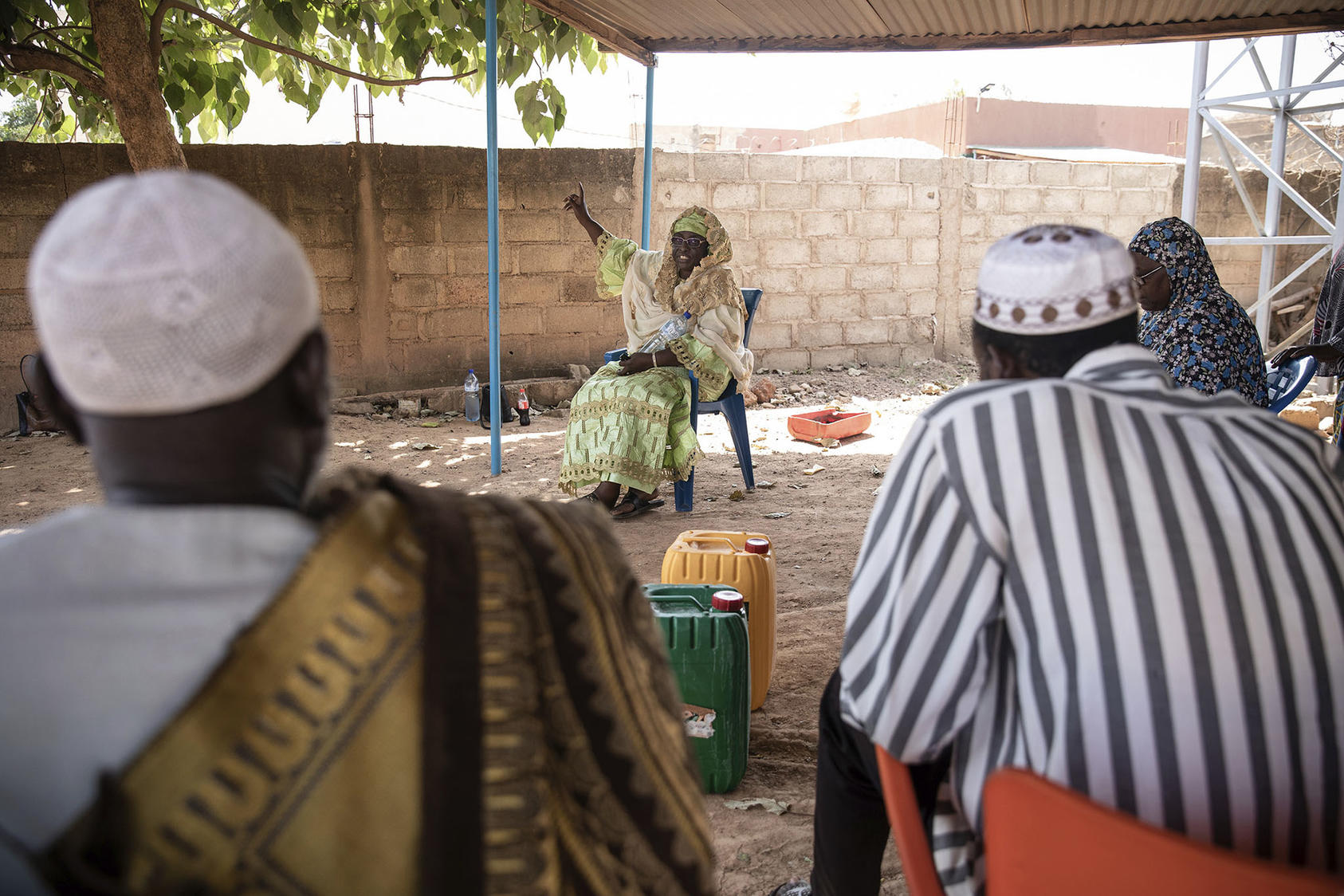A conflict early warning and early response (EWER) ecosystem has been developing in West Africa as multilateral organizations, governments, civil society groups, and others have established systems that detect threats and provide critical information to relevant authorities. Yet individual EWER systems are prone to a range of failures—from gaps in data to decision-making bottlenecks to response coordination breakdowns. This report argues that linking individual systems—a network-of-networks approach—can improve outcomes for people across West Africa and serve as a model for other conflict-affected regions around the world.

Summary
Most types of violent conflict in West Africa increased between 2016 and 2021, as economic and security challenges eroded public confidence in governance and groups competed for scarce resources. Data show increases in violent extremism, communal violence, political violence, and criminal violence; and trends indicate a further escalation over the next decade, with devastating humanitarian implications.
For at least 10 years, many institutions and organizations in West Africa have sought to head off these patterns of violence by establishing early warning and early response (EWER) systems at the regional, national, and local levels. These systems are intended to provide information on conflict risk to allow actors with a mandate and ability to respond to do so in a timely manner and prevent the escalation or spread of violence.
However, each system, no matter how sophisticated, eventually encounters the same points of failure: gaps in data and information on factors contributing to conflict, as well as problems around coordination, collaboration, and flow of critical information and analysis to those best positioned to respond.
Research has shown that a network-of-networks approach can help reduce the barriers to successful conflict management and prevention. Because conflict dynamics are so complex, no single EWER system can be flexible enough to reliably and effectively scale, adapt, and respond. But linking existing networks can significantly increase the impact of these systems. To provide evidence, examples of EWER systems operating at the regional, national, and local levels are detailed in this report. They demonstrate how a network-of-networks approach can help address some of the persistent shortcomings of existing EWER systems.
About the Report
This report examines the early warning and early response ecosystem in West Africa. It explores how existing systems track conflict risk for analysis and response planning, and where there might be opportunities to build on them and create deeper linkages and synergies. The research—supported by the United States Institute of Peace and carried out by the Fund for Peace—draws on data from eight early warning systems, extensive social network analysis, and interviews.
About the Authors
Nate Haken is the vice president for research and innovation at the Fund for Peace in Washington, DC. Patricia Taft Nasri is chief of party for Democracy International in Tunisia. Haken and Taft Nasri are the authors of Violence in Nigeria: Patterns and Trends, published by Springer in 2015. Nikita Reece, a PhD candidate at Universitat Jaume I, is a former research associate at the Fund for Peace.